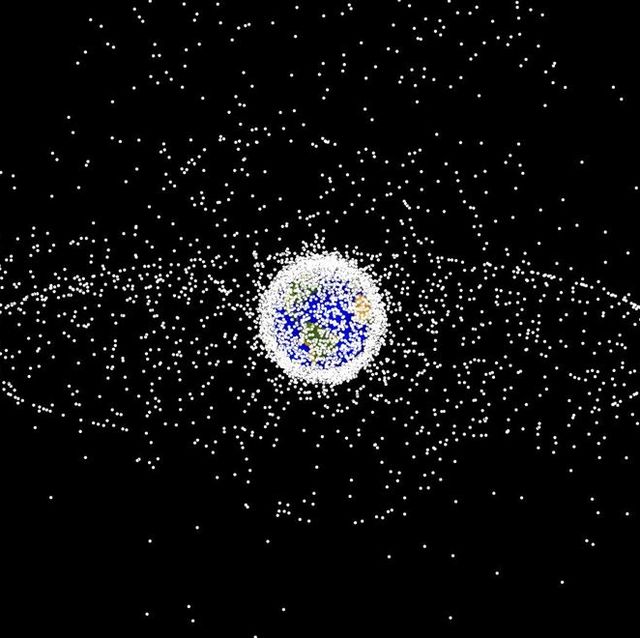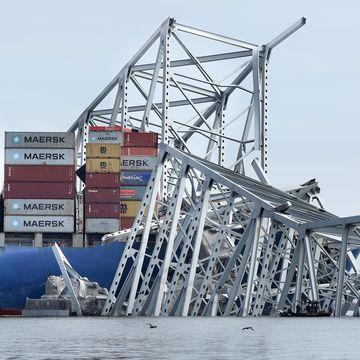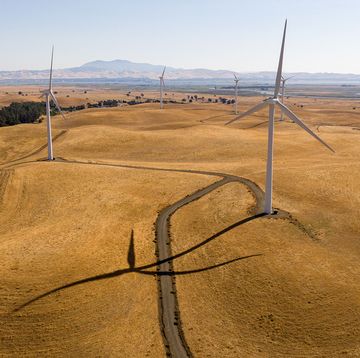Internet access beamed down from space could drastically change the way we get online. Establishing quality high-speed satellite internet from low or medium earth orbit (LEO and MEO, respectively) would give whoever did it access to all 4 billion or so people who don't have Internet access yet. With enough bandwidth, such a network could become instant competitors to telecoms like AT&T and Verizon without the monumental infrastructure costs of putting down fiber. There are eight companies currently shooting for the goal, 2018 will be a big year for all of them, as Aviation Week notes.
Some of these companies, like SpaceX, Samsung and Boeing, are well known. Others, like OneWeb, Telesat LEO, SES O3B,Iridium Next and LeoSat have less name recognition so far, but will help spur competition in the field.
Webs of satellites seem to be a popular idea on how to achieve the goal. In 2015, Farooq Khan, president of Samsung Research America in Dallas, published a paper titled "Mobile Internet from the Heavens" in which he described a vision of "Internet services available to everyone in the world via low-cost micro-satellites."
Khan writes that "4,600 such satellites operating at data rates in excess of Tb/s in LEO orbit can provide overall capacity of one Zetabyte/month or 200GB/month" would be enough for 5 billion users worldwide. Khan expects that by 2028, 200 GB will be a standard memory usage rate around world, giving the company a decade to plan its microsats.
SpaceX, never one to shy away from strong branding, has named its effort Starlink. Starting next year, SpaceX wants to launch 4,425 operational satellites in LEO, far closer to the Earth than current networks. The company is working under the assumption that the closer to Earth, the less issues there will be with lag and latency.
For comparison, the United States Global Positioning System uses 31 satellites. But SpaceX wouldn't stop there. The California-based company would also want to send up an additional 7,500 satellites, operating even closer to Earth, to help out with speed.
One potential problem is the sheer volume of satellites. There are roughly 1,738 satellites currently orbiting the Earth, Starlink would more than double that amount. Questions of space junk, just to name one issue, would become a serious issue.
SpaceX has one obvious advantage: It has its own rockets from which to launch the satellites. That's why OneWeb's deal with Jeff Bezos' Blue Origin is such a boon to the fledgling company, which also spent 2017 getting FCC approval.
While OneWeb has openly wondered how many satellites it will eventually need, the general plan is to get 720 small satellites into the LEO with market service starting over Alaska in 2019. Eventually it would get 900 second-generation, higher-orbiting satellites by the mid-2020sto increase speeds.
Other efforts are equally ambitious. Boeing is reportedly in talks with Apple to create a satellite network that would be a tremendous boost to iPhones everywhere. Iridium Next, which is focused on maritime navigation and airplane safety, is halfway to its satellite network's completion.
Expect the skies to get a whole lot more crowded.
Source: Aviation Week
David Grossman is a staff writer for PopularMechanics.com. He's previously written for The Verge, Rolling Stone, The New Republic and several other publications. He's based out of Brooklyn.













